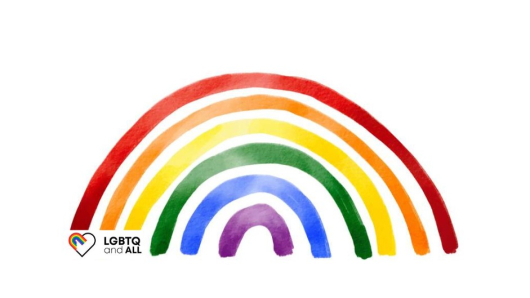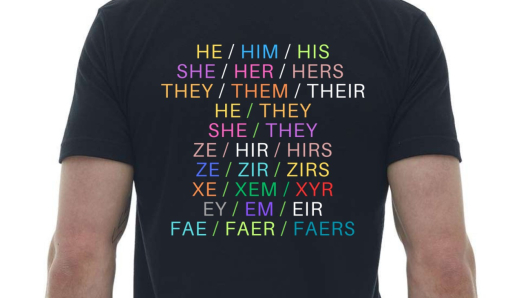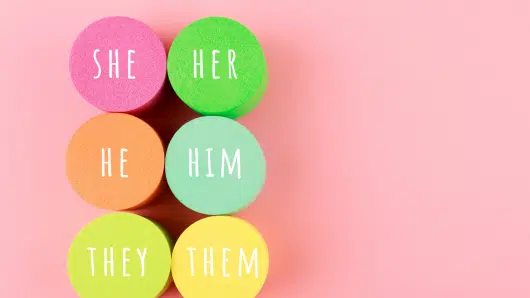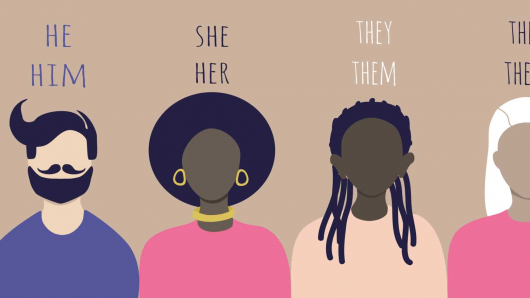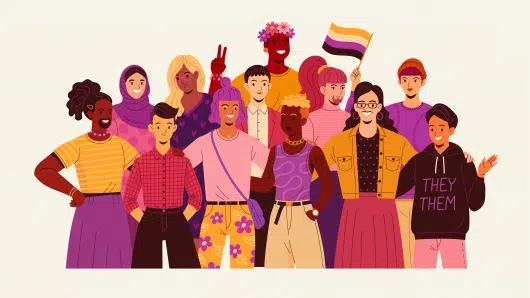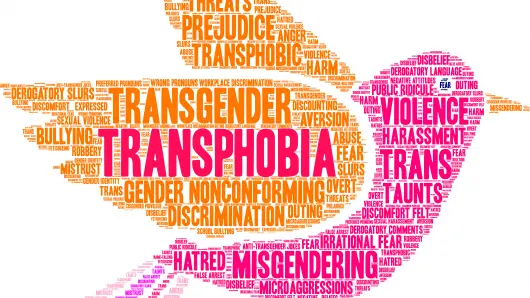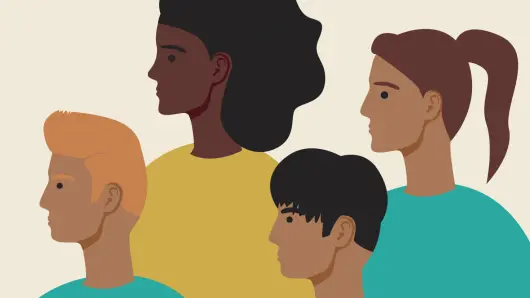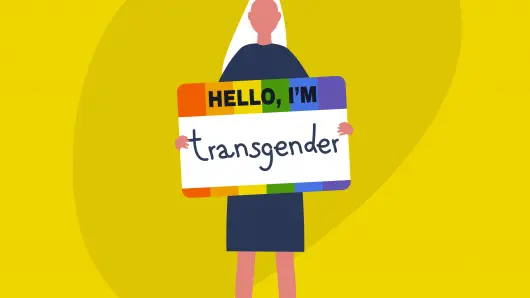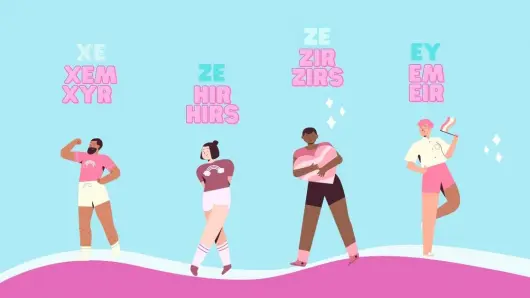Articles on pronouns
In the context of LGBTQ+ identities and inclusivity, pronouns take on a particular significance. People within the LGBTQ+ community may use a variety of different ones to reflect their gender identity accurately. While many LGBTQ+ individuals use the same ones as cisgender (non-transgender) individuals (such as “he” or “she”), some may use gender-neutral or non-binary ones to better express their gender identity.
Here are some you may encounter in the LGBTQ+ community:
- They/Them/Theirs: These are gender-neutral pronouns that can be used to refer to individuals who identify as non-binary, genderqueer, genderfluid, or who simply prefer not to use gender-specific ones. For example, “They are going to the store.”
- Ze/Hir/Hirs: These are gender-neutral pronouns that some people use to express their gender identity. For example, “Ze is going to the store, and I’ll meet hir there.”
- Xe/Xem/Xyrs: Another set of gender-neutral pronouns used by some individuals, particularly those who identify as genderqueer or non-binary. For example, “Xe is bringing xemself to the event, and I have some of xyrs belongings.”
- Ey/Em/Eirs: Gender-neutral pronouns used by some people to reflect their gender identity. For example, “Ey is going to the party, and I’ll meet em there. I hope the party is fun for eirselves.”
It’s important to note that pronoun usage can vary widely, and individuals may choose the ones that best fit their identity and expression. When interacting with LGBTQ+ individuals or anyone, it’s respectful to use the pronouns they specify and to ask if you are unsure. Respecting and using the correct pronouns is a fundamental aspect of supporting and affirming someone’s gender identity and promoting inclusivity and respect for all individuals.



